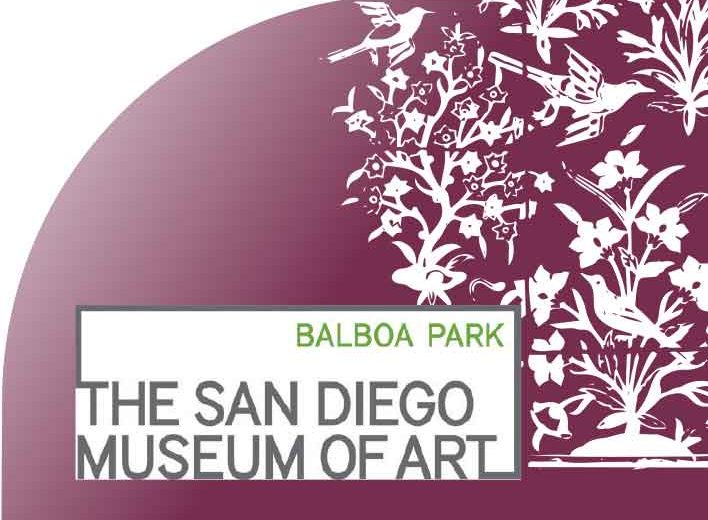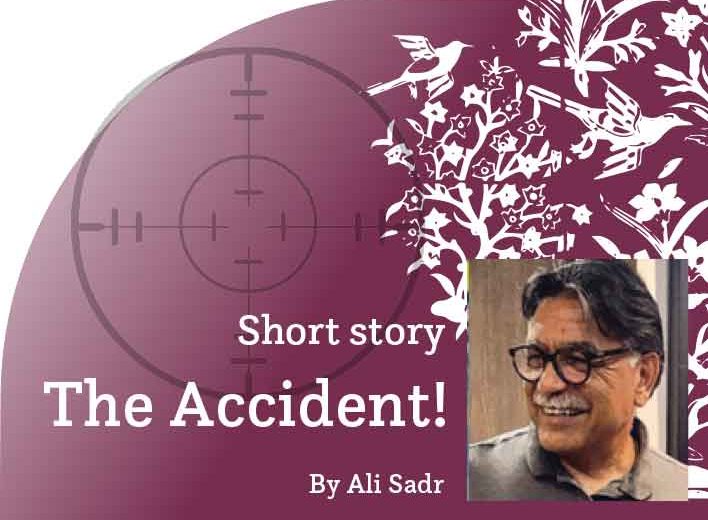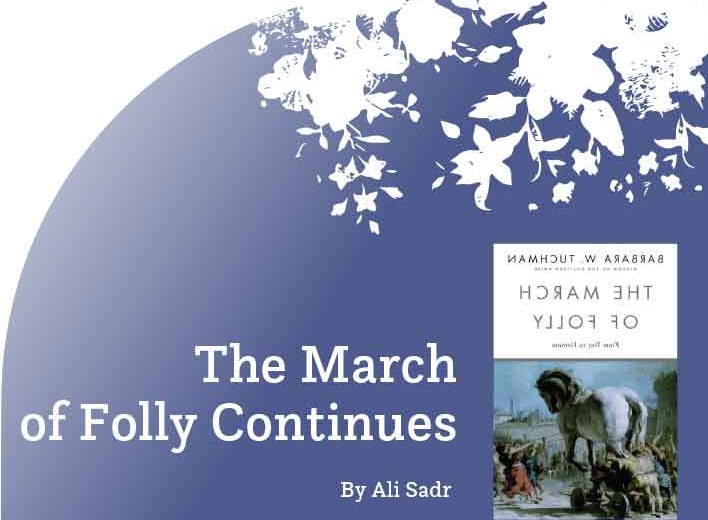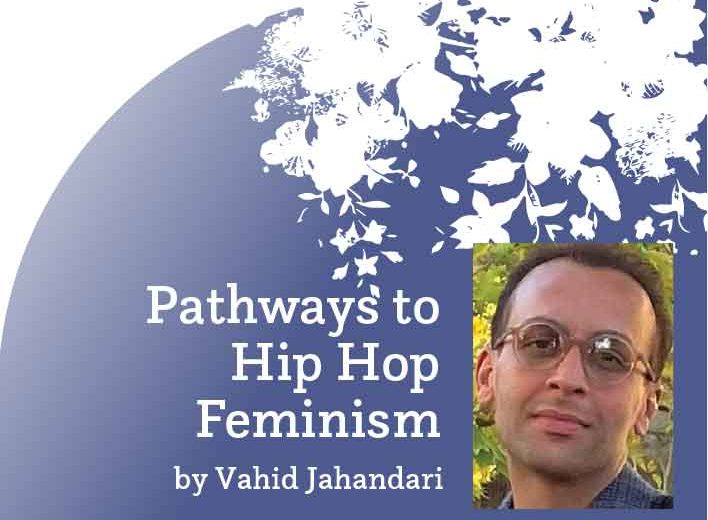Book Review:
The Color Black: Enslavement and Erasure in Iran
by Beeta Baghoolizadeh
Hooshyar Afsar
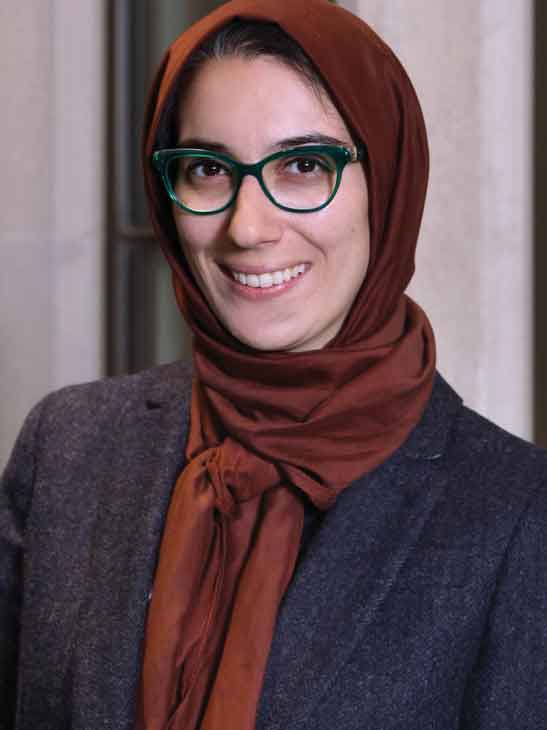 Introduction
Introduction
Beeta Baghoolizadeh’s new book, The Color Black: Enslavement and Erasure in Iran, is a serious, well-researched academic work on a topic that has not been directly addressed in our community worldwide. While research has been done on enslavement in Iran in the past few years—the most notable of which is found in Behnaz Mirzai’s book, A History of Slavery and Emancipation in Iran, 1800-1929 [1]—none of it has addressed in detail the racism, colorism, and erasure as parts of enslavement and its abolishment in Iran until Baghoolizadeh confronted the topic head on.
While there is a general lack of knowledge about the history of enslavement in Iran—such that many in our community worldwide still wrongfully believe that Iranians have never enslaved other human beings—for those who are aware of the most recent aspects in the nineteenth and twentieth centuries, there is a clear tendency to engage in erasure, including attempts to reject the racism and colorism associated with the phenomenon. That is yet another reason signifying the importance of The Color Black’s publication.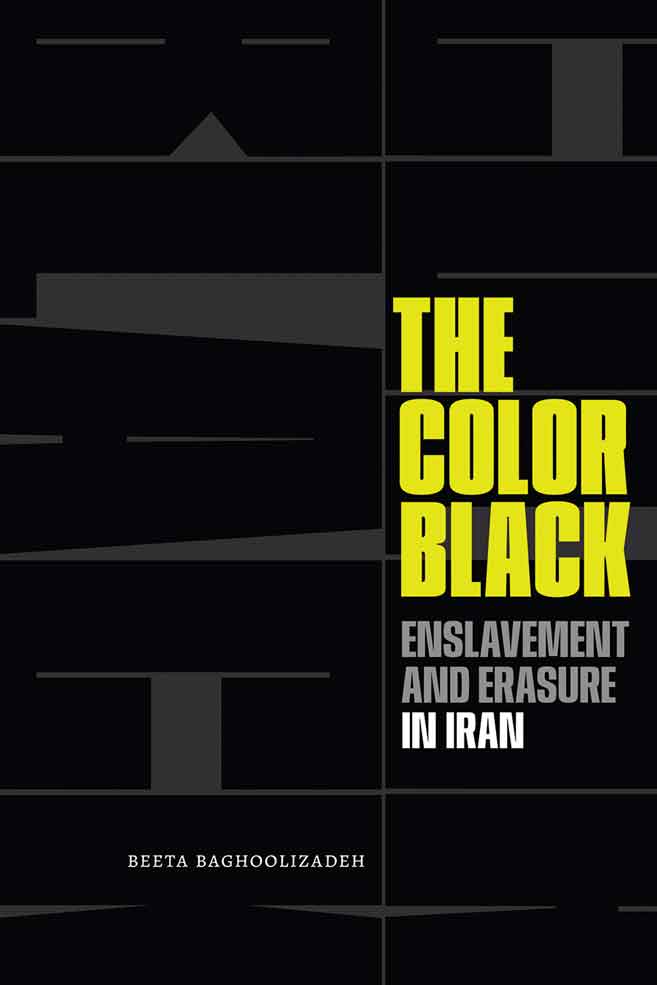
A historian and Associate Research Scholar at the Mossavar-Rahmani Center for Iran and Persian Gulf Studies at Princeton University, Baghoolizadeh conducted years of research which included traveling to different parts of Iran; going through the various archives, including the parliamentary and Golestan palace archives; and interviewing descendants of enslavers and the enslaved. Her findings negate major historical narratives that many Iranians stand by, including the notions that Iranians have never enslaved people throughout their history and the myth of an “Aryan Race” as discussed by this author in earlier issues of Peyk. [2] My personal experience with many community programs of the Racism Awareness Project confirms the resistance by many members of the Iranian community, including the Iranian Academia, to the historical facts of enslavement, anti-blackness, and other forms of racism and erasure in Iran and in the Iranian diaspora. Many people would prefer to continue to believe what they want to believe when confronted by facts. Unfortunately, this includes many well-established academics with full or partial Iranian lineage as confirmed by Baghoolizadeh numerous times in her book.
Enslavement
While the author tells us in the introduction that, unfortunately, “there is no hard data on the number of people enslaved in Iran, African or otherwise,” [3] there is an important datapoint that is shared with the reader in the beginning pages of Chapter 1. In 1867, Naser ed-Din Shah of the Qajar dynasty ordered a census of Tehran. The categories “were simple: men, women, military personnel, servants, enslaved Black women, and enslaved Black men.” [4] The results showed that 147,256 people lived in Tehran and roughly 4,000 of them, about 2.5%, were enslaved Black men and women. [5] While the author does not extrapolate to other cities like Bushehr, Shiraz, and Isfahan (which had sizable numbers of enslaved Black people and could add thousands more to the total country-wide enslaved population), one could see that the numbers were sizable enough to require a category of their own in the 1867 census of Tehran.
Blackness and Enslavement
Baghoolizadeh establishes the racialization of enslavement in nineteenth century Iran under the Qajar dynasty by noting the facts, edicts, and orders of the government. She shows that the Persian word Siah (Black), along with the words Gholam Siah for Black male enslaved person and Kaniz Siah for Black female enslaved person, are established as part and parcel of enslavement in nineteenth century Iran. This is clear in multiple historical documents. One is an executive order (Farman in Persian) by Amir Kabir, Naser ed-din Shah’s grand vizier. In 1850—under pressure from the British Empire, who used the excuse of its opposition to the trade of enslaved people as a good excuse to exert its power in the free waters of the Persian Gulf—Amir Kabir issued the order to the Persian Gulf Ports of Khuzistan and Arabistan, stating that “[c]itizens of high Government are forbidden from bringing Siah from the sea.” [6] Yet it is clear that the rich and members of the court did not follow this order, as pointed out in another key document: an 1886 travelogue by Mirza Mohamad Hosayn Farahani’s pilgrimage to Mecca, which provided “extensive demographic information and a breakdown of enslaved people in the Meccan bazar.” [7] Farahani’s racist description of the three tiers of the Meccan bazar is very descriptive of the skin tones and how lighter skin women are more beautiful and cleaner and darker skinned women are “very black, thick lipped, and dirty.” [7] The travelogue mentions how eunuchs are also available and that the wife of a well-known statesman and governor by the name of Ala ol-Molk bought one and brought him back. After deciphering Farahani’s language, which indicated that the prohibition on transportation of enslaved Black people via the Persian Gulf was a mere obstacle, Baghoolizadeh states that “… members of the Iranian government still managed to travel outside Iran, purchase an enslaved person, and return to Iran with them.” [7]
The Significance of Photography
Baghoolizadeh is perhaps the only author who utilizes the photographs of the enslaved in the late nineteenth and early twentieth centuries in Iran as a vehicle to argue that “enslavement remained the dominant social association of visibly Black people in urban centers. The enslaved African domestic served as the face of enslaving families in public spaces. Their visibility was critical to the prestige that enslavement brought these families, and many enslavers took to using photography to preserve the image of those they enslaved.” [8] Baghoolizadeh poetically reminds us that “… while enslavers (and their descendents) may prefer to frame and present these photographs in a particularly rosy light, listening to the photographs allows us to hear the layers of belonging and rejection that remain in the images.” [8]
Erasure
The Color Black presents a multi-faceted view of erasure in Iran that includes the manumission law of 1929 under Reza Shah, the founder of the Pahlavi dynasty who abolished enslavement. Baghoolizadeh argues that “Reza Shah prioritized abolition as the first step in Iran’s modernity and compatibility with Western values.” [9] The author takes us through details of parliamentary debate of the law, starting with Minister of Justice Davar presenting a “rush bill” as a mere formality geared toward foreigners unaware of Iran’s international obligation toward eradication of enslavement. The reader is then made aware of how one representative by the name of Firuzabadi opposed the law, arguing that “slavery had already been abolished in Iran.” [9] He went as far as describing “enslavement in Iran as a benevolent institution, one where vahshi (wild) and jangali (of the jungle) people could assimilate into a civilized, Iranian Muslim culture.” [9] At the end of the debate, the bill was passed and made into law.
Baghoolizadeh goes through the painstaking research of the details of the text of the manumission law, its coverage by major newspaper Etellaat on the first page, and international journalistic coverage by The New York Times and The Times of London in later years. The author lays out how the terminology used in the law had the purpose of presenting enslavement as something foreign to Iran and Iranians. Baghoolizadeh clearly presents the evidence that “[a]bolition as erasure made it possible for non-Black Iranians to deny any history of enslavement within their borders and to ‘introduce’ Black histories into Iran, as though Iran did not itself have a Black history.” [10] The author takes us “through the textual, architectural and visual changes that restructured Iranian society to accommodate a new vision of modernity that erased the presence of enslaved or formerly enslaved people entirely. Intellectuals and politicians, as well as urban planners and architects, tacitly rewrote Iran’s recent past and complicity in enslaving people, unraveling the institution that had marked high status for centuries.” [10]
Baghoolizadeh has done the painstaking research to unearth the origins of blackface in contemporary Iran and link it to the “absence” of Black people as a key part of the erasure. She rightfully calls Siah-bazi or “playing Black,” “a genre of minstrelsy theater” in Iran as “the most visually grotesque and vehemently defended legacy of enslavement in Iran.” [11] She explains how the “rarity of eunuchs and the new abnormality of their bodies … made them victims of this mockery” and their “racialization and forced visibility of their bodies led to their caricaturization.” [11] The author ends the mystery of the historical origin of Haji Firuz, the Iranian holiday minstrel, “the herald of Nowruz and harbinger of spring’s arrival.” [11] Providing a photograph taken and annotated by Naser ed-Din Shah himself, the author shows that Haji Firuz was a “popular” eunuch of the Qajar court. She writes that when the Shah sent him away to a military camp, “[t]he people of the harem didn’t want him to leave. They cared for him. They cried for him to come back … but none of that stopped his name – a name that enslaved him – from becoming associated with a dancing, tambourine-waving character. Haji Firuz himself, the person, along with the other eunuchs of the court, were erased in favor of a minstrel show.” [11]
“An Epilogue But Not An Ending”
Through her work, Baghoolizadeh shines a powerful light on an unjustly erased part of Iranian history. She concludes The Color Black with an epilogue rather than an “ending” because she reminds us that confronting erasure of enslavement in Iran is a work that should continue. She makes the readers aware of the “pioneering” work of the Collective for Black Iranians “founded by a group of Black and Afro-Iranians” who amplifies Black voices and provides “accessible histories in their regularly published bilingual content in Persian and English on social media.” [12] She saliently shares the wisdom that “[c]orrecting the history of enslavement and acknowledging the ways it continues to frame Blackness in Iran is key to understanding ongoing racial dynamics in order to move past them.” [12]
The question posed by the last sentences In The Color Black is only a beginning for our Iranian community worldwide: “I spent over half of this book describing what forgetting looks like. But what can remembering look like?”[13]
____________________________________________________
Footnotes
[1] – Mirzai, Behnaz A, A History of Slavery and Emancipation in Iran, 1800-1929. University of Texas Press, 2017.
[2] – See the May 2023 and July 2023 issues of Peyk for the two part article on this topic: https://peykmagazine.com/en/2023/05/08/the-myth-of-an-aryan-race/ https://peykmagazine.com/en/2023/07/03/the-myth-of-an-aryan-race-2/
[3] – Baghoolizadeh, Beeta, The Color Black: Enslavement and Erasure in Iran. Duke University Press, 2024, p. 4.
[4] – The Color Black, p. 27.
[5] – The Color Black, p. 31.
[6] – The Color Black, p. 33.
[7] – The Color Black, pp. 33-35.
[8] – The Color Black, p. 45.
[9] – The Color Black, p. 100.
[10] – The Color Black, p. 99.
[11] – The Color Black, pp. 115-117.
[12] – The Color Black, p. 154.
[13] – The Color Black, p. 161.
Hooshyar Afsar is one of the founders of Racism Awareness Project (RAP), an educational program on the history of and present-day racism in the United States and its impact on the Iranian American community. RAP has had a variety of educational forums across the United States. Mr. Afsar has written several articles and book reviews on the topic for Peyk and other publications. He can be reached at hoosh.afsar@rapusa.org.



